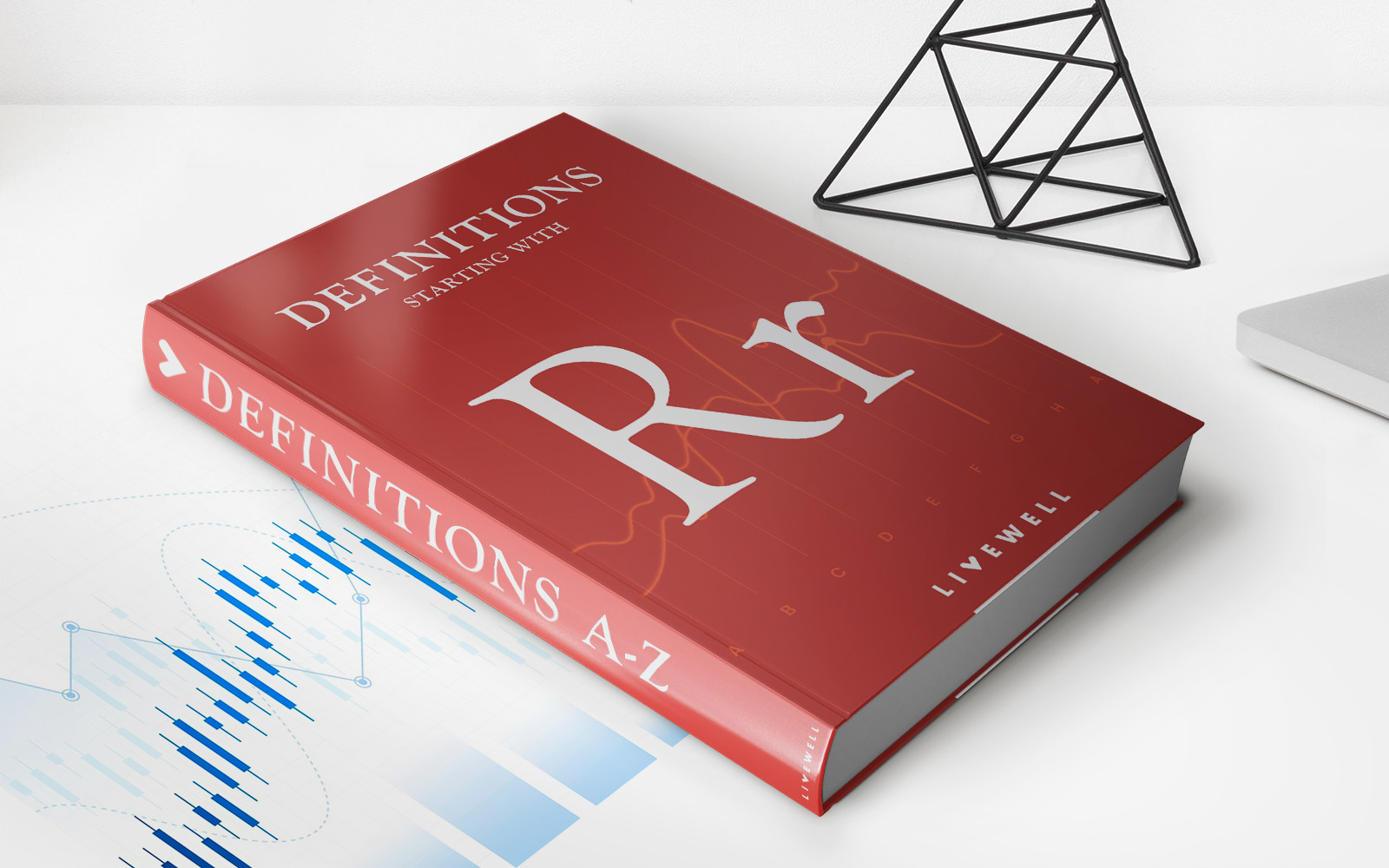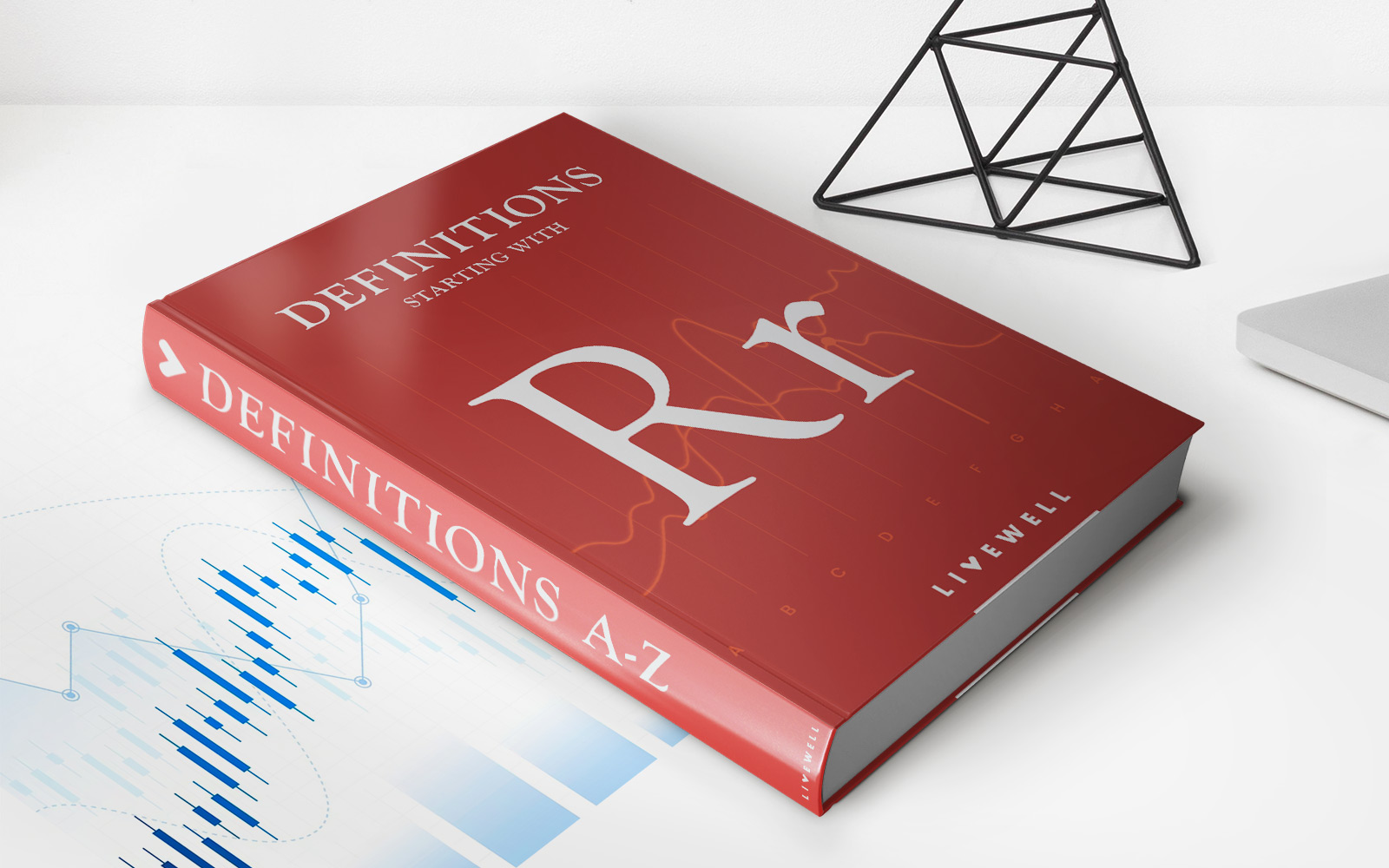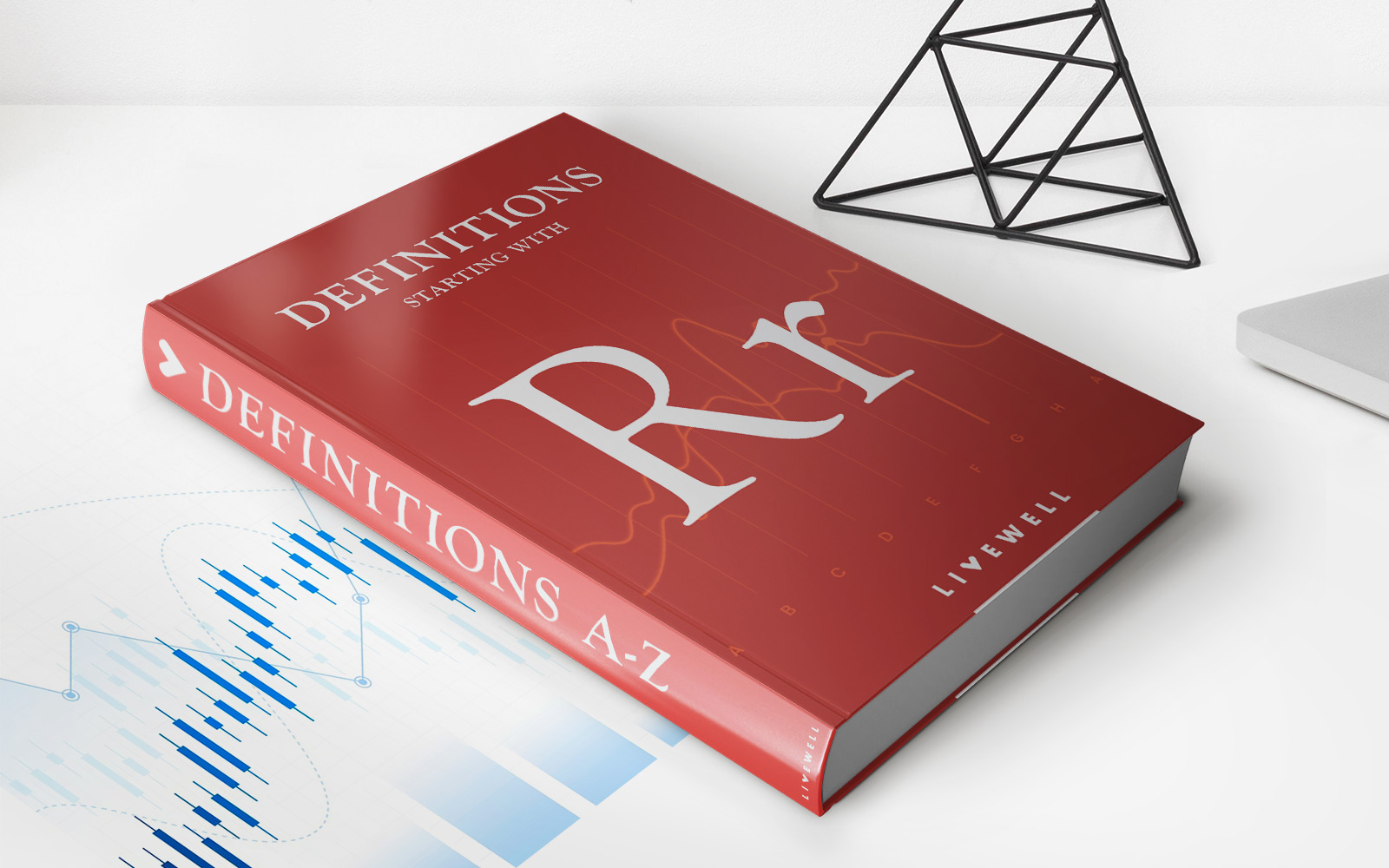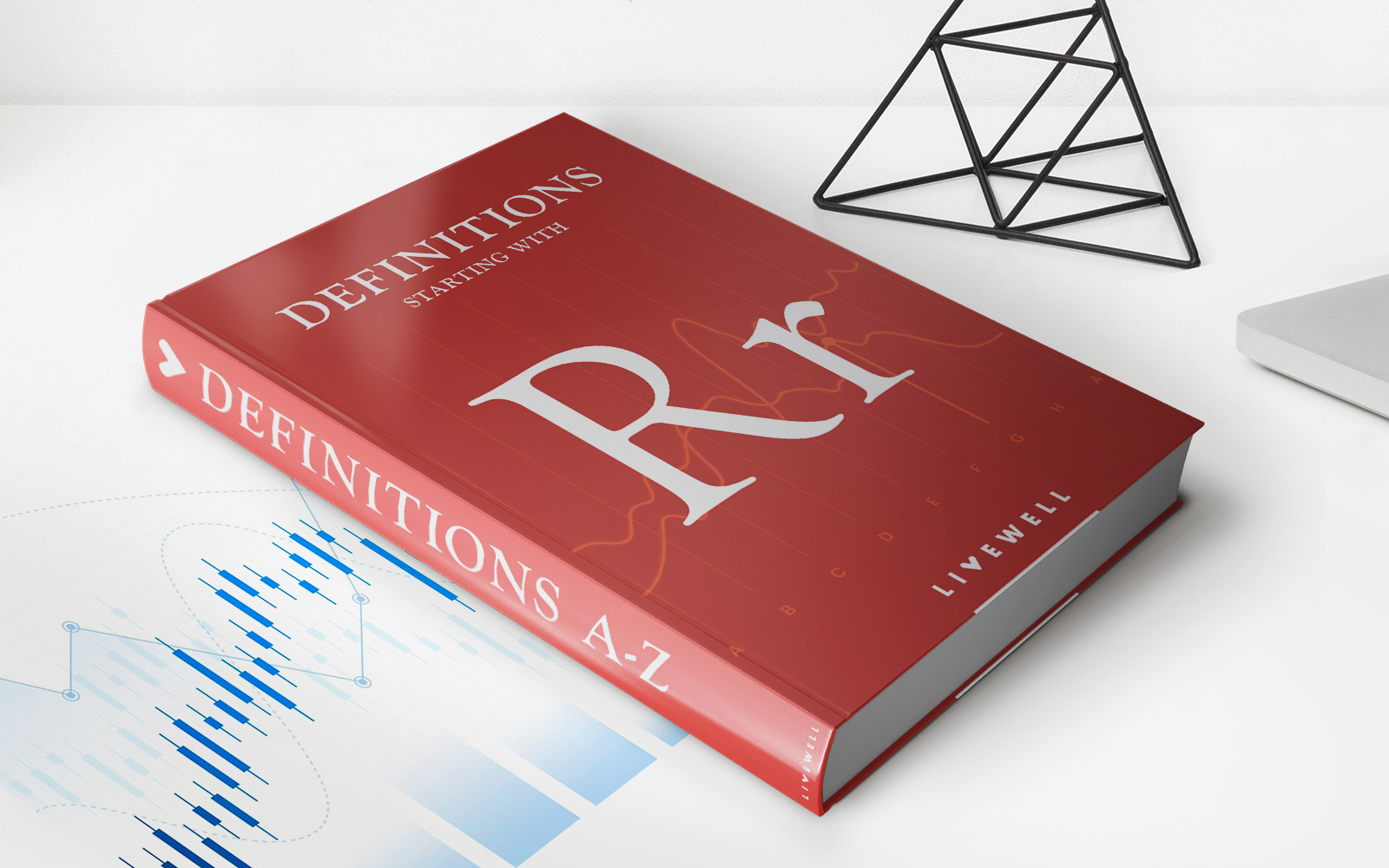Home>Finance>Bank Reserves: Definition, Purpose, Types, And Requirements


Finance
Bank Reserves: Definition, Purpose, Types, And Requirements
Published: October 13, 2023
Learn about bank reserves in finance, including their definition, purpose, types, and requirements. Gain insights into how these reserves contribute to financial stability.
(Many of the links in this article redirect to a specific reviewed product. Your purchase of these products through affiliate links helps to generate commission for LiveWell, at no extra cost. Learn more)
Bank Reserves: Definition, Purpose, Types, and Requirements
When it comes to understanding the intricate workings of the financial system, bank reserves are a vital component that plays a significant role in maintaining stability. But what exactly are bank reserves, and what purpose do they serve? In this blog post, we will delve into the definition of bank reserves, explore their purpose, discuss the different types, and highlight the requirements associated with them.
Key Takeaways:
- Bank reserves are funds held by a commercial bank to meet depositors’ demands and maintain liquidity.
- Bank reserves are crucial in stabilizing the financial system and ensuring banks can fulfill their obligations.
What are Bank Reserves?
Bank reserves refer to the funds that commercial banks hold in their accounts with the central bank or in the form of vault cash. These reserves are set aside to meet the demands of depositors, provide liquidity, and fulfill regulatory requirements.
Bank reserves play a critical role in maintaining confidence in the banking system. In times of financial stress, such as economic downturns or bank runs, these reserves act as a buffer to ensure that banks can meet withdrawal requests from customers and fulfill their financial commitments.
Purpose of Bank Reserves:
The primary purpose of bank reserves is to ensure the stability and smooth functioning of the financial system. Here are a few reasons why bank reserves are essential:
- Liquidity Management: Bank reserves provide commercial banks with the necessary liquidity to meet their day-to-day operational requirements. By holding an appropriate level of reserves, banks can handle customer withdrawals, process payments, and facilitate lending activities.
- Emergency Situations: During times of financial turmoil, bank reserves act as a safety net. They provide banks with the ability to cover unexpected deposit outflows, which helps maintain public confidence in the banking system.
- Regulatory Compliance: Banks are required to maintain a certain level of reserves as mandated by regulatory authorities. These requirements are in place to ensure that banks can absorb financial shocks and remain solvent.
Types of Bank Reserves:
There are two main types of bank reserves:
- Required Reserves: Required reserves are a set percentage of a bank’s deposits that must be kept in reserve either as vault cash or held with the central bank. These reserves are determined by regulatory authorities and vary depending on the country and the size of the bank.
- Excess Reserves: Excess reserves are the reserves held by banks over and above the required amount. Banks voluntarily hold excess reserves to manage potential liquidity needs or to comply with specific central bank policies.
Requirements for Bank Reserves:
The requirements for bank reserves are established by regulatory authorities, such as central banks or banking regulators. The specific requirements may vary from country to country and are designed to ensure the stability and soundness of the banking system. Some common requirements for bank reserves include:
- Maintaining a minimum reserve ratio based on the bank’s deposit liabilities.
- Submitting regular reports to the central bank regarding reserve levels.
- Adhering to guidelines and regulations set forth by the regulatory authorities.
- Complying with any changes or updates to reserve requirements as communicated by the central bank or regulatory authorities.
By enforcing these requirements, regulatory authorities aim to prevent excessive risk-taking, promote financial stability, and safeguard the interests of depositors and the general public.
In conclusion, bank reserves serve as a vital mechanism in ensuring the stability and integrity of the financial system. They act as a safeguard to meet depositors’ demands, provide liquidity, and comply with regulatory requirements. By understanding the definition, purpose, types, and requirements of bank reserves, we gain insights into the inner workings of the banking industry and the measures taken to maintain a stable financial system.














